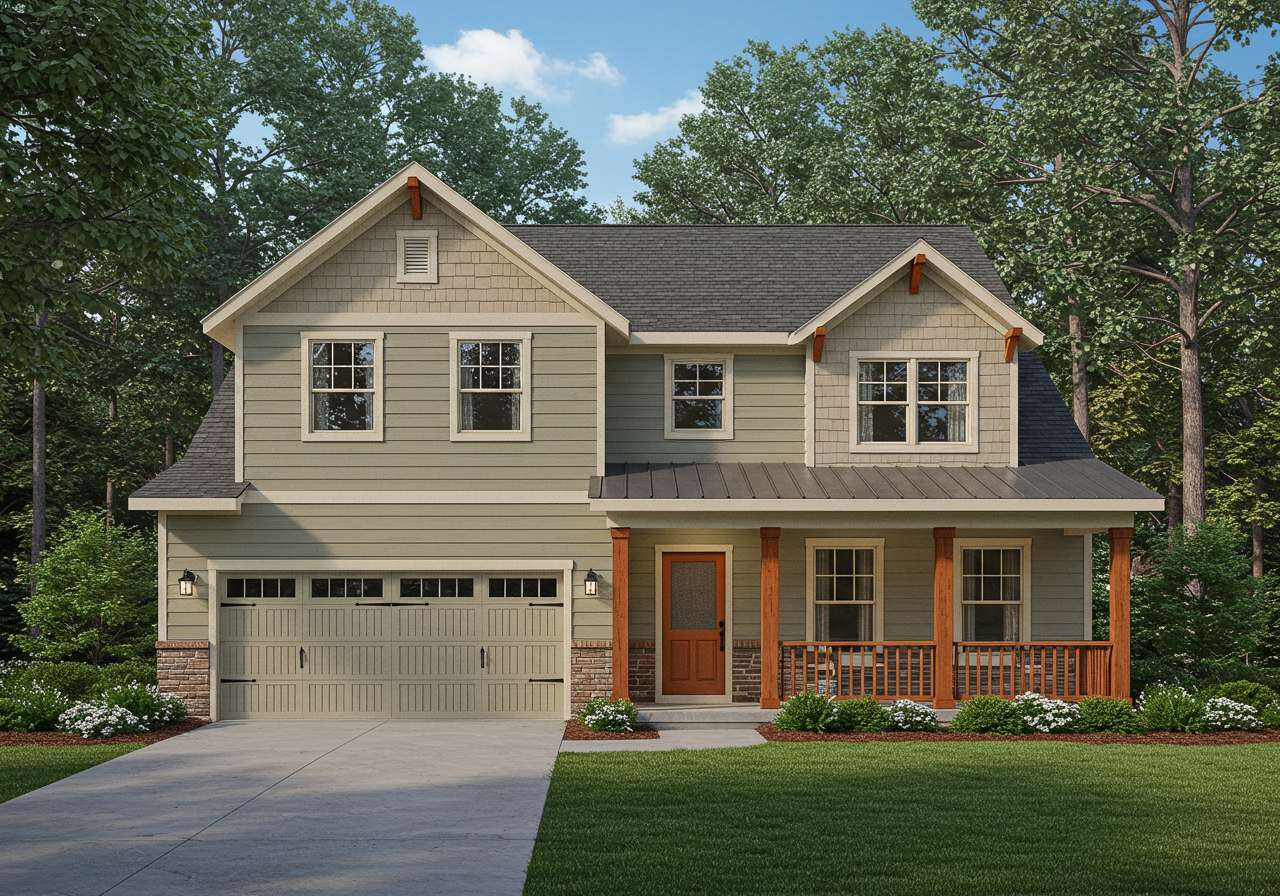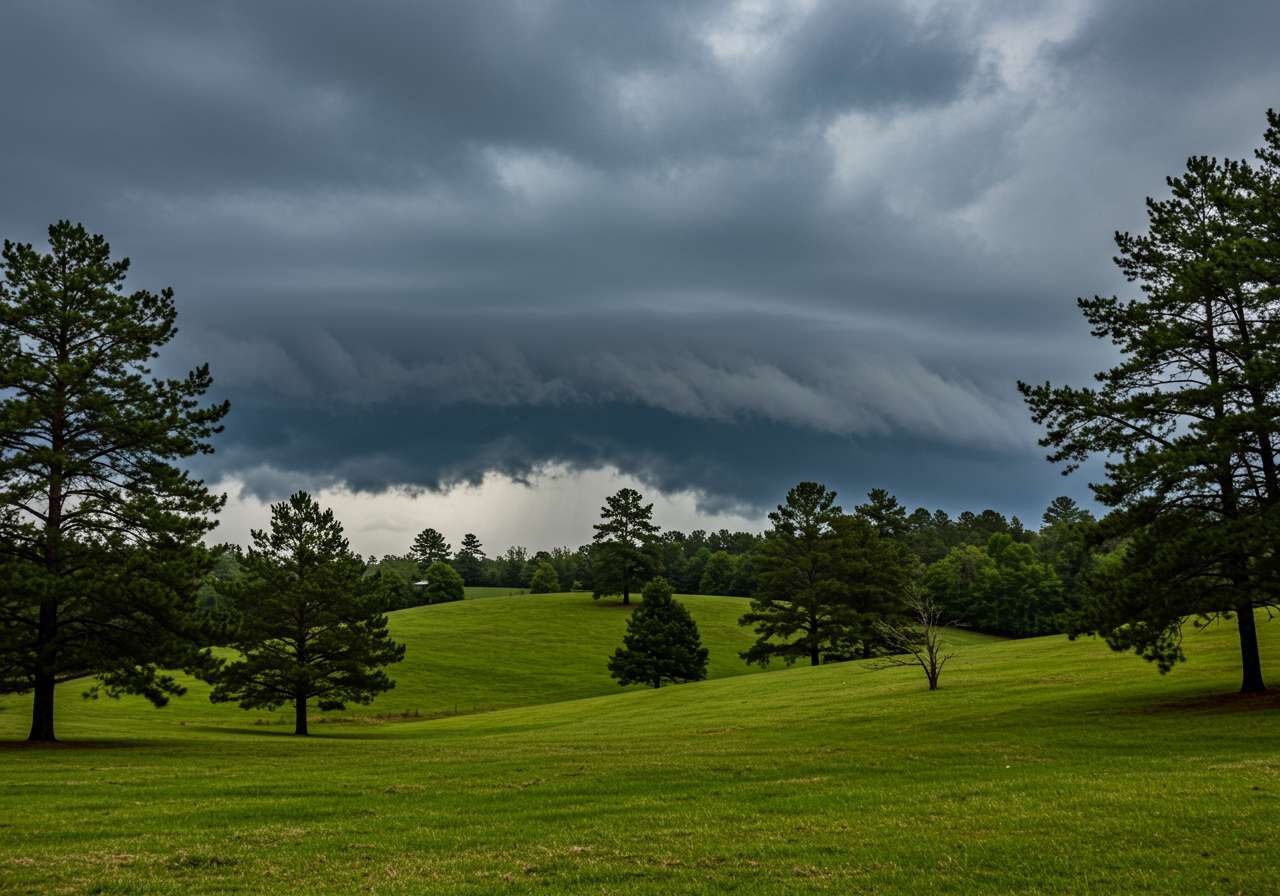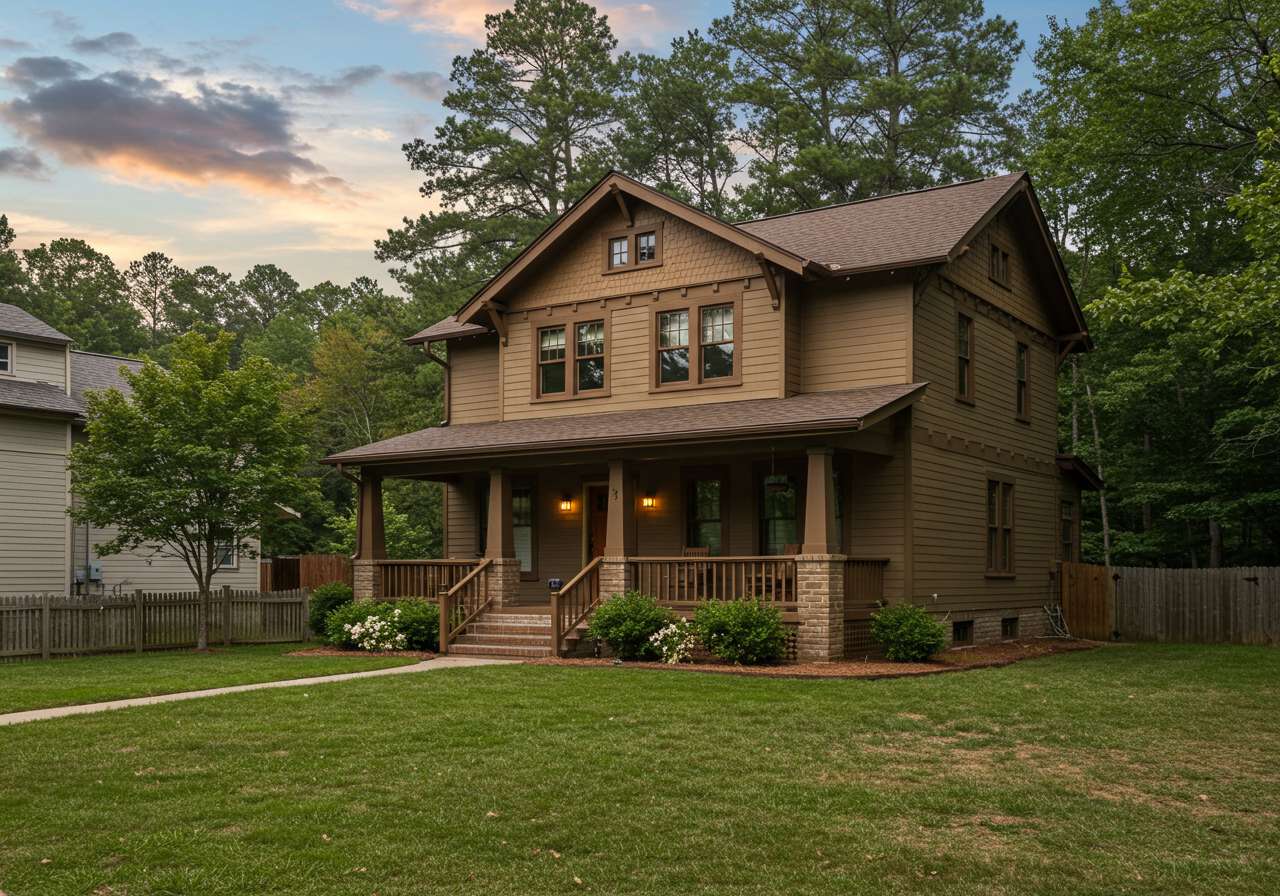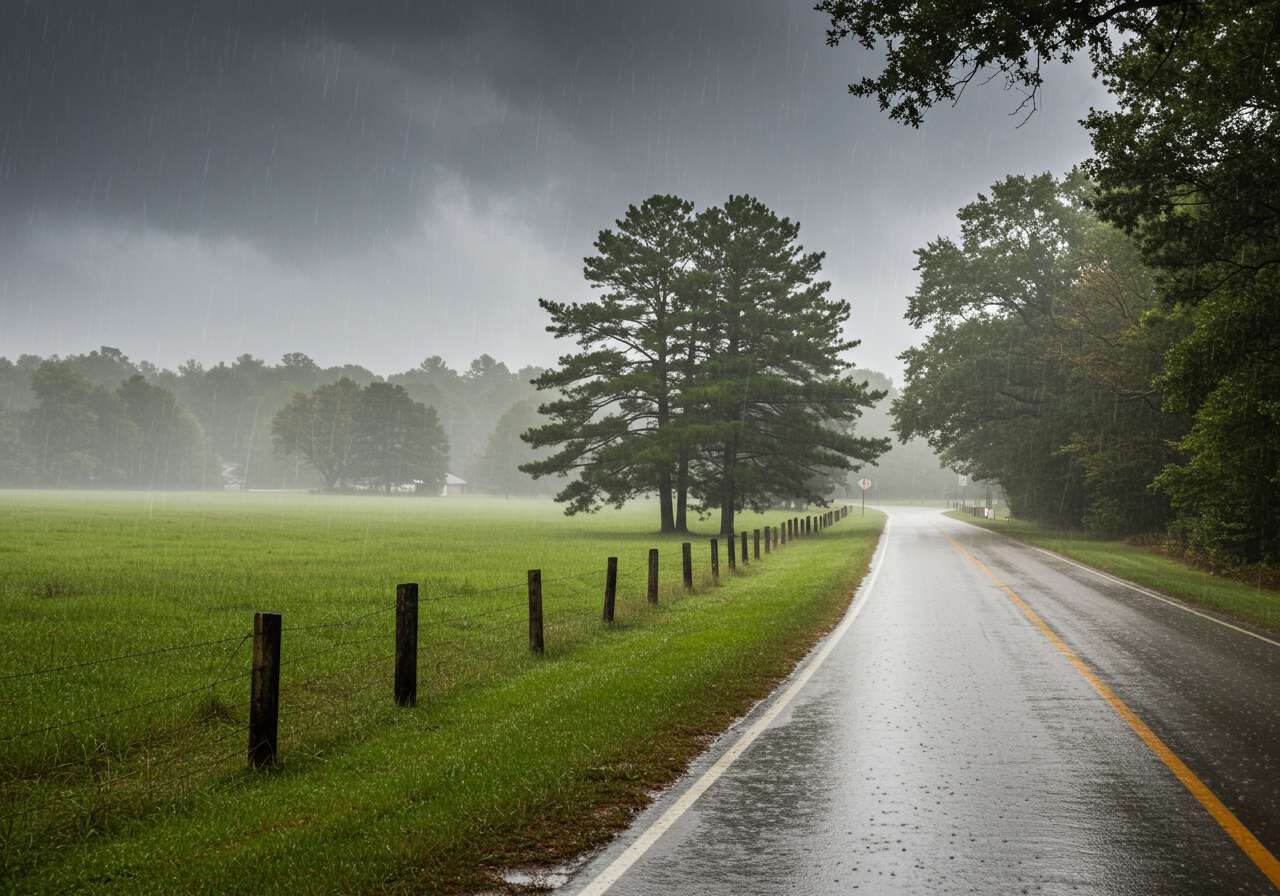How Floodplain Locations in Concord Affect Roof System Design and Insurance
Concord, North Carolina is known for its beautiful neighborhoods and rolling landscapes—but with over 5.5 square miles of designated floodplain, many homeowners face unique challenges when it comes to their roofs. Did you know that your roof’s design, materials, and even its pitch can be influenced by your proximity to these floodplains? If you live near the Rocky River or one of Concord’s low-lying areas, it’s time to consider how local geography shapes your home’s first line of defense against the elements—and how it impacts your homeowners insurance.
Best Roofing Materials and Systems for Concord Floodplain Homes
When your home is located in or near a floodplain, the roof does more than keep rain out—it must withstand the effects of high humidity, fluctuating temperatures, and potential storm surges. Here’s what matters most:
- Water-Resistant Underlayment: Standard felt may not cut it in Concord’s wetter zones. Synthetic or rubberized asphalt underlayments are designed to repel water even if shingles are compromised. This added layer is essential in flood-prone regions.
- Vented vs. Unvented Attics: In floodplain areas where ground moisture is high, attic ventilation is critical. Proper venting prevents condensation, which can lead to mold, wood rot, and shortened shingle lifespan.
- Roof Pitch and Slope: Steeper slopes encourage faster water runoff, reducing the risk of leaks and pooling. Local building codes in Concord often require specific pitches in designated flood zones to control drainage.
- Impact-Resistant Shingles: With Concord’s microclimates, sudden hail or wind events aren’t uncommon—especially near water. Materials rated for impact resistance last longer and can sometimes lower your insurance premium.
Curious which roofing material works best for your exact location? A professional inspection can identify risks you may not notice, especially if you’ve recently moved to or near a floodplain.
How Concord’s Microclimates and Topography Influence Roof Longevity
Concord’s unique blend of urban and rural landscapes creates microclimates—pockets where weather patterns and moisture levels shift dramatically, even street by street. If your home is near a creek, low-lying lot, or wooded area, you may notice:
- Faster Moss or Algae Growth: Shade and high humidity can promote organic buildup, which deteriorates shingles if left untreated.
- Premature Aging of Materials: Constant ground saturation or pooling water (after a heavy rain or flood) can force moisture up through your home’s foundation and into the attic, stressing roof components from the inside out.
- More Frequent Repairs: Homes in Concord’s flood-prone zones often see higher frequency of minor leaks or flashing failures, especially after severe weather.
Why Some Materials Fail Faster in Floodplains
Not all roofing products are designed for high-moisture environments. Asphalt shingles that perform well on a hilltop may degrade quickly near a waterway where humidity lingers. Metal roofing, while resilient, can be prone to corrosion if not properly finished or ventilated. Clay or concrete tiles may offer superior water resistance, but require a reinforced structure—something to consider if you’re retrofitting an older home.
Building Codes and Local Recommendations
Concord’s municipal code spells out specific roof slope requirements and material recommendations for homes in or near flood zones. Before replacing your roof, it’s wise to consult with a local roofing expert who understands these nuances. Compliance not only prevents code violations but also ensures your insurance remains valid.
Thinking of Selling One Day?
A well-designed, flood-resistant roof can boost your home’s resale value and appeal to buyers concerned about long-term maintenance. Realtors in Concord often highlight upgraded roofing systems as a selling point, especially for homes bordering floodplain areas.
Insurance Considerations for Floodplain Roofs
Living near a Concord floodplain doesn’t automatically increase your homeowner’s insurance, but it does make documentation even more important. Insurers may require:
- Proof of code-compliant roof design and materials
- Photographs detailing attic ventilation and underlayment type
- Inspection reports confirming condition and maintenance
While typical homeowner’s insurance policies exclude flood damage (separate flood insurance is needed), water intrusion due to roof failure is often covered—provided all materials and installation meet local standards. Filing a claim? Most carriers will ask for recent inspection records and repair documentation. Our team can help you compile the right paperwork so your claim process is as smooth as possible.
Questions about how your location affects your roof and insurance options? Get in touch with us today for answers and a no-obligation roof assessment.
.png)




